A beautiful smile is one of the most sought-after aesthetic qualities, and today’s dental technologies make it easier than ever to enhance both the color and alignment of your teeth. Yet many people wonder: Is whitening enough? Do I need braces or aligners too? Or should I do both to get the best results?
The truth is that teeth whitening and straightening serve very different purposes—one improves color, the other improves structure. When combined strategically, they can create a powerful synergy that elevates your smile to a new level of harmony and confidence. However, not everyone needs both treatments, and the ideal approach depends on your oral condition, cosmetic goals, lifestyle, and timeline.
This comprehensive guide breaks down how whitening and straightening work together, the best treatment order, synergy effects, when each is necessary, and expert strategies for maximizing results.
Understanding the Role of Whitening vs. Straightening
Before exploring how these procedures complement each other, it is essential to understand what each treatment is designed to fix.
What Whitening Does
Teeth whitening targets stains and discoloration caused by:
- Coffee, tea, wine, and soda
- Smoking
- Aging
- Certain medications
- Natural enamel thinning
Whitening brightens your smile, but it cannot change:
- Tooth shape
- Alignment
- Crowding
- Gaps
- Bite position
It is purely cosmetic and surface-level.
What Straightening Does
Teeth straightening—whether with braces or clear aligners—corrects:
- Crooked teeth
- Crowding
- Gaps
- Bite issues
- Misalignment that affects chewing or jaw health
Straightening improves not only aesthetics but also oral function, making cleaning easier and reducing long-term dental risks.
Do You Really Need Both Treatments?
Not always. Some people achieve excellent results with only whitening or only orthodontics. However, many patients benefit significantly from combining both for a more complete transformation.
The most common scenarios include:
✔ If teeth are healthy but look dull → Whitening alone might be enough
For those with straight teeth but noticeable staining.
✔ If teeth are aligned poorly → Straightening is essential, whitening optional
Sometimes whitening is unnecessary until the alignment is corrected.
✔ If you want a more youthful, balanced, harmonious smile → Both may provide the best results
Straightening creates structure; whitening enhances brightness.
✔ If your teeth overlap → Whitening will NOT reach all surfaces
In this case, straightening is recommended before whitening.
How to Decide: A Quick Self-Assessment Checklist
Ask yourself:
- Are my teeth noticeably crooked or crowded?
→ Straightening recommended; whitening optional. - Do I already like the shape of my smile but want it brighter?
→ Whitening is usually enough. - Do my teeth overlap and look darker in certain spots?
→ Straightening first, then whitening. - Do I want the most dramatic cosmetic transformation?
→ Combine both. - Do I need a fast improvement (events, photos)?
→ Whitening first; straightening later.
The Ideal Treatment Order: Which Should You Do First?
The sequence matters more than most people realize. Dentists typically recommend straightening first, then whitening, but there are exceptions.
Best Order for Most People: Straighten → Whiten
Here’s why:
⭐ Straightening aligns the teeth so whitening can penetrate evenly
If teeth overlap, whitening gel cannot reach all surfaces, leading to patchy results.
⭐ Clear aligner attachments may stain
Whitening first would be undone once attachments are placed.
⭐ Your final tooth shape and alignment affect the shade you choose
Once straightened, you can select the ideal level of brightness.
⭐ Whitening works best on newly exposed enamel
After straightening, brushing becomes easier and enamel surfaces are cleaner.
When Whitening First Makes Sense
Although rare, certain situations justify whitening before straightening.
✔ Immediate upcoming event
If you need quick cosmetic improvement for photos, weddings, interviews, or reunions.
✔ Mild alignment issues with clear aligners
Some aligner systems allow mid-treatment whitening using special whitening-compatible trays.
✔ Patients unsure about long-term orthodontics
Whitening can provide a boost of confidence while deciding on a bigger investment.
Synergy Effects: Why Whitening + Straightening Is More Powerful Together
When combined, the two treatments enhance each other in a way that neither can achieve alone.
1. A Brighter Smile Highlights Straighter Teeth
Even well-aligned teeth can look dull if they are stained. Whitening enhances the crispness and uniformity of your smile.
2. Straightening Makes Whitening More Effective
After teeth are aligned, whitening gel distributes more evenly, improving overall brightness.
3. Combined Treatment Creates Youthfulness
Straight teeth + whiter enamel = a naturally youthful, healthy, vibrant appearance.
4. Improved Oral Hygiene Supports Longer-Lasting Whitening Results
When teeth are straight, brushing and flossing are easier, reducing stain buildup and maintaining whiteness longer.
5. Increased Confidence Leads to Better Oral Choices
People with enhanced smiles often adopt better habits, like reducing staining foods and maintaining consistent cleaning routines.
Expert Tips for a Perfectly Sequenced Smile Makeover
Dentists recommend specific strategies to maximize the synergy between whitening and straightening.
1. Start With a Professional Evaluation
A dentist can determine:
- Whether whitening will work on your enamel
- Whether alignment issues require orthodontics
- Whether you have underlying gum disease or decay
2. Choose the Right Type of Orthodontic Treatment
Options include:
- Clear aligners (Invisalign, Spark, etc.)
- Traditional braces
- Ceramic braces
- Lingual braces
Clear aligners offer the best compatibility with whitening due to their clean, removable trays.
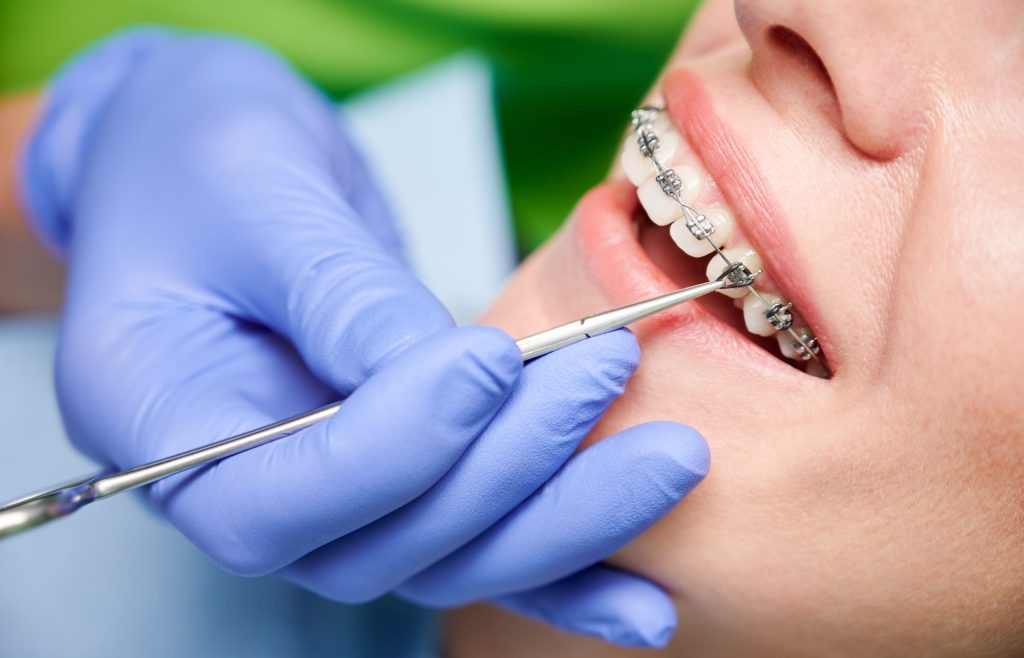
3. Consider Whitening-Compatible Aligner Trays
Many clinics now offer aligner trays that double as whitening trays, allowing you to whiten during the final phase of treatment without uneven results.
4. Do NOT whiten while wearing braces
Metal brackets block the whitening gel and cause permanent uneven coloring.
5. Immediately whiten after aligner removal
The last week of aligners is often ideal—your teeth are freshly aligned, clean, and prepared.
6. Maintain Results Properly
To keep your new smile bright and straight:
- Use your retainer nightly
- Avoid excessive coffee, tea, and wine
- Use a whitening toothpaste weekly
- Get touch-up whitening every 6–12 months
When Whitening Isn’t Enough
Whitening does not fix deeper issues like:
- Enamel defects
- Intrinsic stains (from medication or trauma)
- Structural chips or cracks
For these cases, cosmetic bonding or veneers may be needed after straightening.
When Straightening Alone Is Sufficient
Some people only need orthodontics if:
- Staining is mild
- Projects like veneers or crowns are planned later
- Sustainability is more important than aesthetics
Orthodontics alone can deliver powerful improvements to symmetry and functionality.
The Bottom Line: Do You Need Both for a Perfect Smile?
A “perfect smile” is subjective. For some, that means sparkling white teeth; for others, it means alignment and balance. But for many, combining whitening and straightening creates a more complete, dramatic transformation that is difficult to achieve with either treatment alone.
Whitening enhances brightness.
Straightening enhances structure.
Together, they enhance everything.
If you want your smile to look its best in both photographs and everyday life, addressing both color and alignment—using the right sequence—can deliver the most satisfying, long-lasting result.

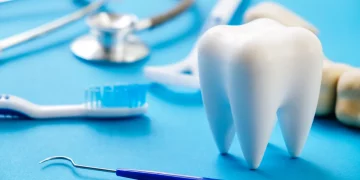



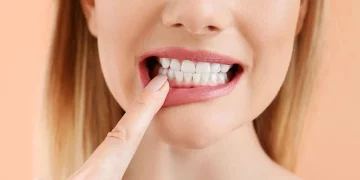






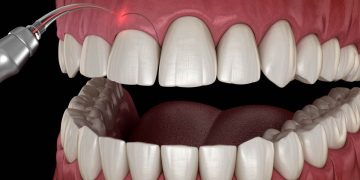

















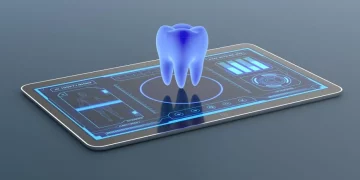














Discussion about this post